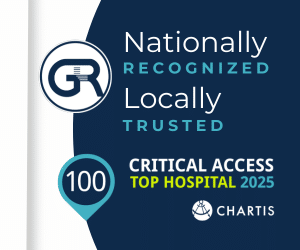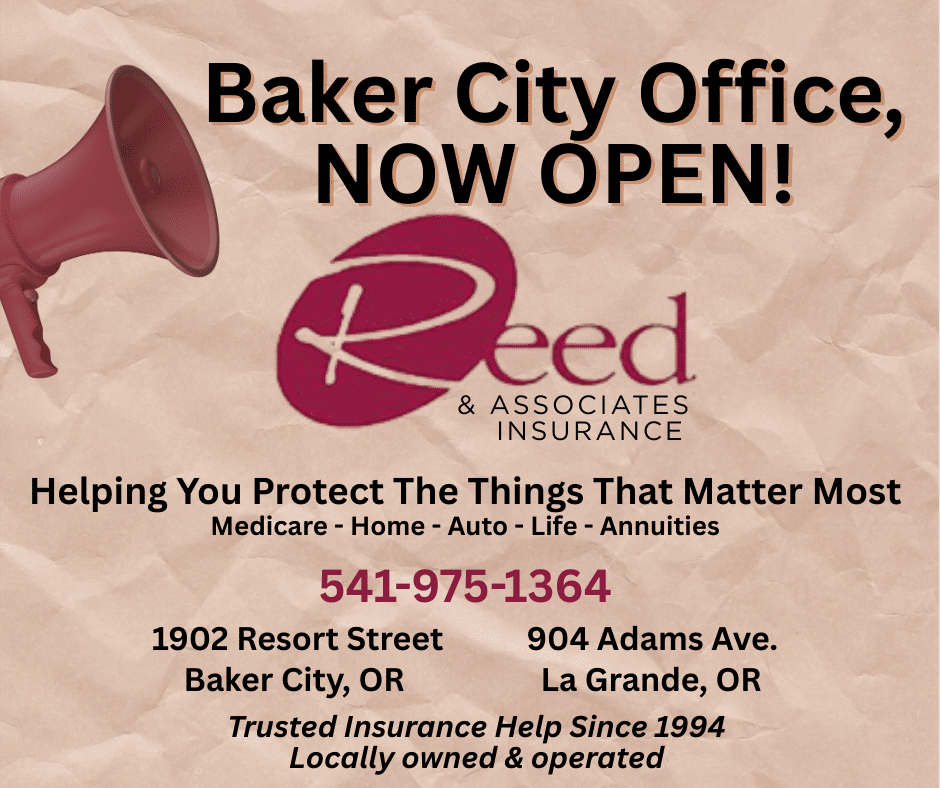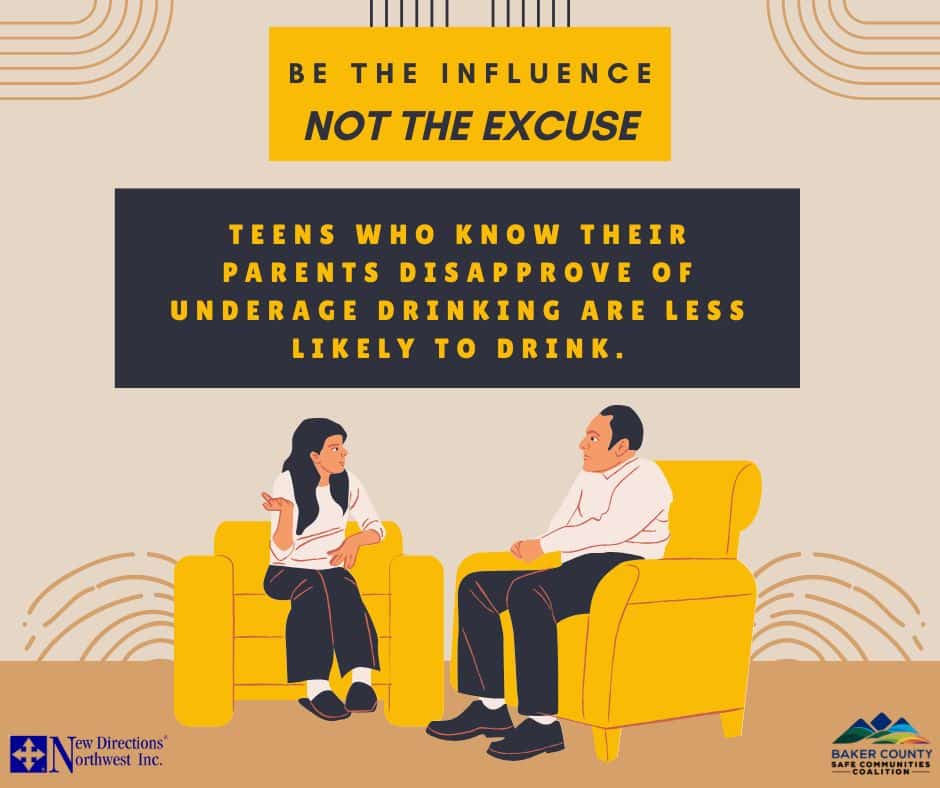
What is and is not an appropriate use of 911?
By Shannon Weidemann (McKone) on Wednesday, May 17th, 2023 in More Top Stories Northeastern Oregon News
BAKER COUNTY – 911 began in February of 1968 and according to the 911 Association “The code 9-1-1 was chosen because it best fit the needs of all parties involved. First, and most important, it met public requirements because it is brief, easily remembered, and can be dialed quickly. Second, because it is a unique number, never having been authorized as an office code, area code, or service code, it best met the long range numbering plans and switching configurations of the telephone industry.”
But calling 911 isn’t always used as it is intended. In recent months there have been numerous reports of Misuse of 911, Lieutenant Mandy Wirth (MW) with the Baker County Sheriff’s Office explained to Elkhorn Media Group (EMG) staff what 911 is intended to be used for.
EMG- What are some appropriate uses of 911?
MW- 911 is for emergencies. Things like a medical emergency, life/death situations, in progress property or person crimes, motor vehicle accidents and fires. One thing that I tell my team- everyone views emergencies differently- what is an emergency to one person may not be the same with the next caller. If we feel 911 is being used inappropriately, our goal is always to educate first. We will never delay a response or not send help if the “wrong” phone number is used. If someone is abusing the 911 system AND has been educated by dispatch or a law enforcement officer, then there could be criminal repercussions for that abuse.
EMG- What are some inappropriate uses of 911?
MW- If you need to speak to an officer or deputy to report a cold crime or non-emergent situation, then it is appropriate for the public to use the non-emergency business lines.
EMG- What is the goal of the 911 system?
MW- The goal of 911 is to give immediate access to a Public Safety Answering Point (PSAP). In the event of an emergency, there is not a recording or any sort of phone tree delay. A trained telecommunicator answers 911 lines directly. Conversely, business lines have a phone tree and callers can pick who their call is transferred to. If you press “0” on either the Police or Sheriff’s Office recordings, you will be put through to the Dispatch center directly.
EMG- When a call comes in to 911, what takes place and how are people helped?
MW- Baker County Dispatch is the primary PSAP for all of Baker County. We answer all 911 calls that are routed to us from the cellular towers and landline phones within our geographical jurisdiction. Baker County has six 911 lines. Three of them are landlines and three of them are wireless lines. When the public uses a 911 line for a non-emergent matter, we may ask them to call back on a business line so as not to tie up an emergency line unnecessarily. No one wants to get a busy signal when they dial 911- or to be transferred to a neighboring PSAP during a 911 rollover- thus causing a delay in emergency response time.
EMG- Where, in Baker County, is 911 located?
MW- We are physically located at the Baker County Sheriff’s Office. We answer all the 911 calls as well as the business lines for the Baker City Police Department and the Baker County Sheriff’s Office. We also provide Dispatch services for all first responders within our county- except for Oregon State Police. We assist OSP when necessary, but they primarily use a state regional dispatch center.
EMG- How many people work for 911 in Baker County?
MW- Full staffing at Baker County Dispatch is 8 full-time Telecommunicators, a division Lieutenant and the Records Custodian. Our minimum shift staffing is two Telecommunicators, 24/7- 365 days a year!
EMG- What other information can you share about 911, that may be of interest to citizens?
MW- When we answer a 911 call our primary responsibility is to gather information for emergency responders and then relay that information so that help can be sent as quickly and efficiently as possible. We typically run our shifts with a call taker and a dispatcher. While the call taker is receiving the emergency information, the dispatcher will listen to the call and begin the dispatch process as quickly as possible. One common misconception is that the call taker asking questions and documenting the information could be causing a delay in the emergency response. That is not accurate. The call taker’s responsibility is to continue to gather pertinent call information that can then be relayed to emergency responders by the dispatcher. This includes medical information for ambulance responders or scene safety information for law enforcement. We also provide pre-arrival medical care instructions when necessary on a medical call. These are state-guided instructions for people experiencing a medical emergency. We ask for information and give instructions while the caller is waiting for emergency services to arrive on scene.
It is always important to answer the telecommunicator’s questions as calmly as possible so we can get help coming as quickly as we can. We only ask the questions to provide help as efficiently as possible.
If you accidentally dial 911, please stay on the phone line so that we can verify that this was an accidental call. When a 911 call is disconnected prior to being answered in the PSAP, we call that an incomplete 911 call. We spend a lot of time tracking down the phone number, trying to determine who and where the number is associated, and at times- sending law enforcement resources to the location of the call to verify that someone is not having an emergency. If we can verify the accidental call right away, then we save valuable time and resources.
EMG- Thank you for all this great information on 911. And thank you for your continued work to help citizens in our community.









